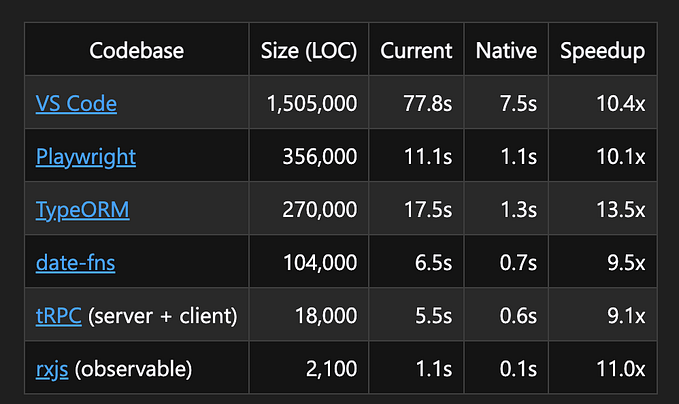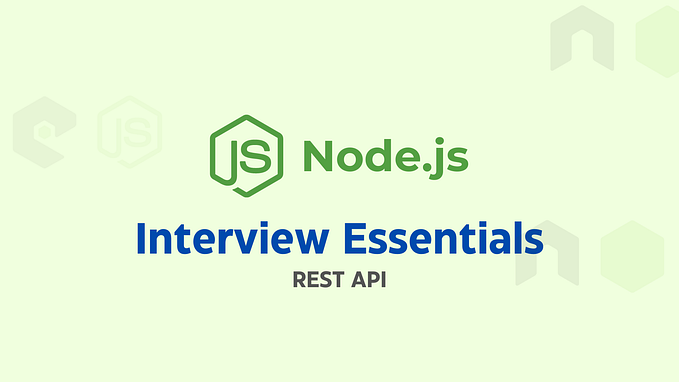Ways of Creating Objects in JavaScript
JavaScript is a versatile and dynamic programming language that supports various ways of creating objects. Objects are a fundamental part of JavaScript, allowing developers to model real-world entities and encapsulate related functionality. In this post, we’ll explore different methods of creating objects in JavaScript.
1. Object Literal Notation:
The simplest way to create an object is by using literal notation. You define an object by enclosing key-value pairs within curly braces.
const person = {
name: 'Musa',
age: 30,
profession: 'Developer',
};This method is straightforward, easier and widely used for creating small, one-off objects.
2. Constructor Functions:
Constructor functions are used to create multiple instances of an object. You define a function and use the new keyword to create instances.
function Person(name, age, profession) {
this.name = name;
this.age = age;
this.profession = profession;
}
const person1 = new Person('Musa', 30, 'Developer');
const person2 = new Person('Bako', 10, 'Footballer');Constructor functions provide a blueprint for creating objects with shared properties and methods.
3. Object.create():
The Object.create() method allows you to create a new object with the specified prototype object.
const personPrototype = {
greet: function() {
console.log(`Hello, my name is ${this.name}.`);
}
};
const person = Object.create(personPrototype);
person.name = 'Musa';
person.age = 30;
person.profession = 'Developer';
person.greet();This method allows you to create objects with a specific prototype, promoting object delegation.
4. ES6 Classes:
ES6 introduced a class syntax that simplifies object creation, providing a more familiar syntax for developers coming from other programming languages.
class Person {
constructor(name, age, profession) {
this.name = name;
this.age = age;
this.profession = profession;
}
greet() {
console.log(`Hello, my name is ${this.name}.`);
}
}
// instance of the class
const person = new Person('Musa', 30, 'Developer');
person.greet();Under the hood, ES6 classes are still using constructor functions and prototypes, but they offer a cleaner syntax.
5. Factory Functions:
Factory functions are functions that return objects. They are a flexible way to create objects with encapsulated logic.
function createPerson(name, age, profession) {
return {
name,
age,
profession,
greet() {
console.log(`Hello, my name is ${this.name}.`);
}
};
}
const person = createPerson('Musa', 30, 'Developer');
person.greet();Factory functions allow you to create objects with private variables and methods.
In conclusion, JavaScript offers multiple ways to create objects, each with its own use case. The choice of method depends on the specific requirements and design patterns you are following in your application. Whether you prefer the simplicity of object literals, the flexibility of constructor functions, the delegation of Object.create(), the modern syntax of ES6 classes, or the encapsulation of factory functions, JavaScript provides a solution for every scenario.









